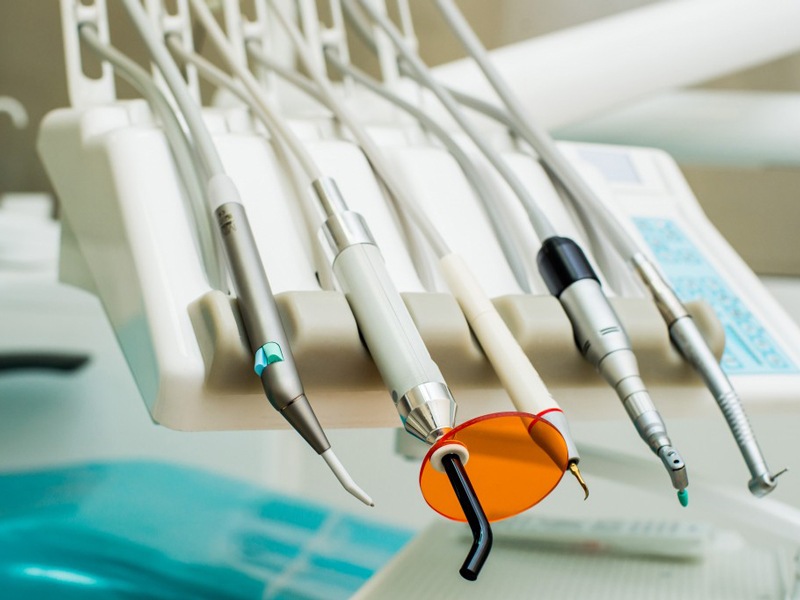480-831-8022
The Quick Fix for Dental Anxiety

Dental anxiety is no laughing matter for many of us. Thousands of Americans dread the thought of dental appointments, plagued by the thought of whirring drills and plunging back in that big chair. This apprehension is so common, it’s even coined the scientific term ‘dentophobia’, a condition that triggers a very real fight-or-flight response.
How can we learn to cope? Recognizing the symptoms certainly helps. Perhaps the most common scenario that leads to dental anxiety is a fear of the unknown. It’s essential for doctors to take their time with more hesitant patients and answer their questions, not jump right into the procedure. Meeting with your dentist, even just to chat, prior to your procedure can help.
Another element sure to raise stress levels in more anxious patients is the very thought of dental equipment. Some consider it instinctual that we would reject sharp metal objects from our mouths. One tip for patients, pending the permission of their dentist, is to hold and examine the instruments. This can help make the objects less foreign and threatening.
Does your dentist have a sense of humor? Psychology plays a big role in making patients feel more comfortable before their procedure. A great dentist will only use humor if they grasp the patient is comfortable with this demeanor – like all things, humor can potentially backfire in the wrong context. Striking the right balance of humor and professionalism has proven very effective are curbing anxiety.
Loud noises can really bother some patients. Many modern dental offices have televisions to help distract patients, but you may consider wearing noise-canceling headphones or earplugs during your procedure – anything that helps you tune out.
Finally, for those of you with breathing trouble, we recommend trying a nasal strip during your appointment. If you’re accustomed to breathing through your mouth more often, having this space compacted can create anxiety. Nasal strips help open up your nasal passages so air flows more freely throughout, allowing you to relax.
